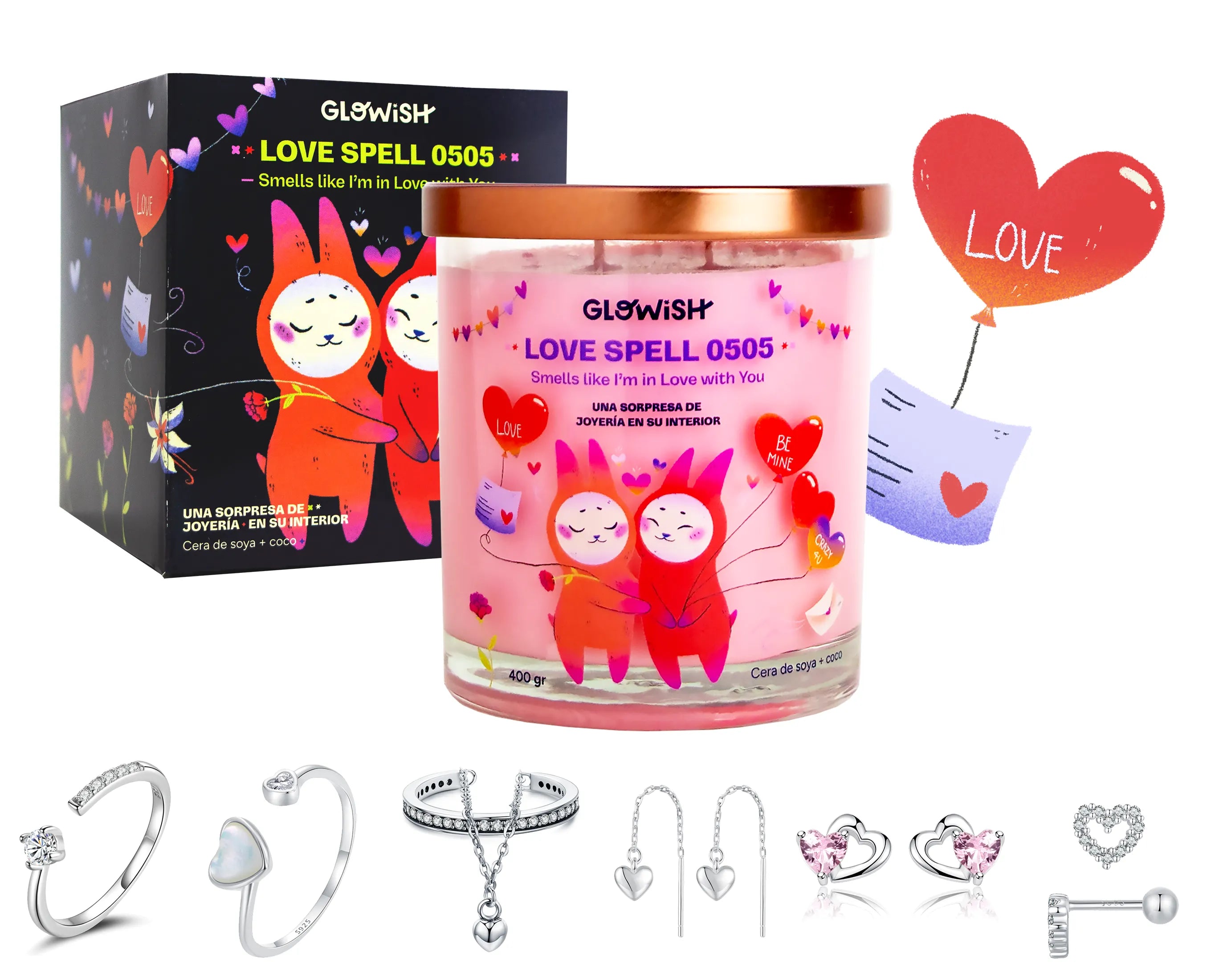Choosing the right wax for your candles is a crucial step in creating high-quality, beautiful, and functional candles. With so many options available, it can be overwhelming to decide which wax is best suited for your needs. In this guide, we'll explore the different types of candle wax and help you determine which one is right for your candle-making project.
Understanding Different Types of Candle Wax
-
Paraffin Wax
- Pros: Paraffin wax is the most commonly used wax in candle making. It is inexpensive, widely available, and easy to work with. It holds color and fragrance well, providing a strong scent throw.
- Cons: Derived from petroleum, it is not the most environmentally friendly option. It can also produce soot if not burned correctly.
-
Soy Wax
- Pros: Soy wax is a natural and renewable resource made from soybeans. It burns cleaner and longer than paraffin wax, and it's biodegradable. Soy wax also holds fragrance well and has a softer, creamy appearance.
- Cons: It can be more expensive than paraffin and sometimes struggles to hold vivid colors.
-
Beeswax
- Pros: Beeswax is a natural, eco-friendly option that emits a natural honey scent when burned. It has a long burn time and produces a bright, steady flame.
- Cons: Beeswax is one of the more expensive waxes and can be challenging to dye and scent.
-
Coconut Wax
- Pros: Coconut wax is a natural and sustainable option. It has a creamy texture and excellent scent throw. Coconut wax also burns slowly and evenly.
- Cons: It is often mixed with other waxes like soy or paraffin, which can increase the cost.
-
Palm Wax
- Pros: Palm wax is a natural wax that creates unique crystalline patterns on the surface of the candle. It has a good scent throw and burns cleanly.
- Cons: The production of palm wax can contribute to deforestation and habitat destruction if not sourced sustainably.
Factors to Consider When Choosing Wax
-
Purpose of the Candle
- For strong fragrance throws, consider paraffin or soy wax.
- For eco-friendly and natural candles, beeswax or coconut wax are great choices.
-
Burn Time
- Beeswax and soy wax tend to have longer burn times, making them ideal for long-lasting candles.
-
Aesthetics
- If you want vibrant colors, paraffin wax may be your best bet.
- For a natural look with unique textures, palm wax or beeswax can add visual interest.
-
Budget
- Paraffin wax is budget-friendly, while natural waxes like beeswax and coconut wax are on the pricier side.
-
Environmental Impact
- Soy, beeswax, and coconut wax are more environmentally friendly options compared to paraffin wax.
Conclusion
Choosing the right wax for your candles depends on various factors, including the desired appearance, burn time, scent throw, budget, and environmental impact. By understanding the characteristics of different waxes, you can make an informed decision that aligns with your candle-making goals. Whether you prioritize sustainability, scent, or aesthetics, there's a wax out there that will help you create the perfect candle. Happy candle making!









